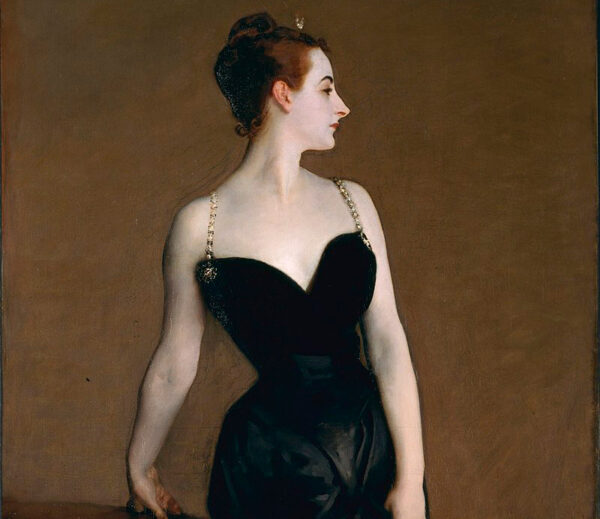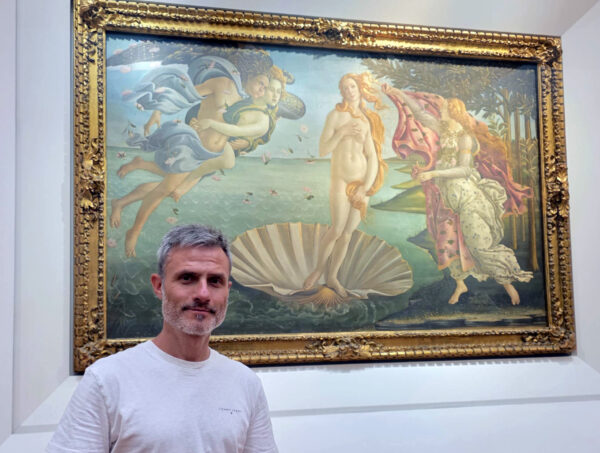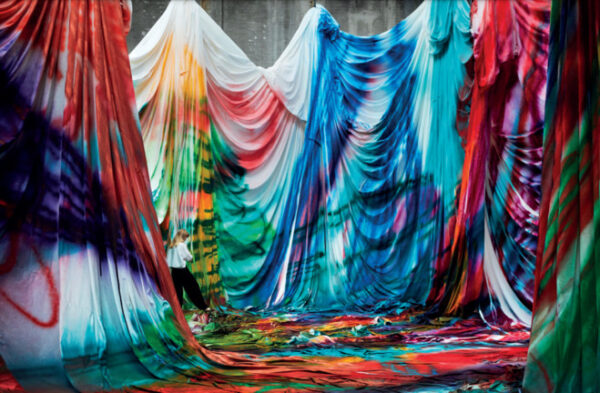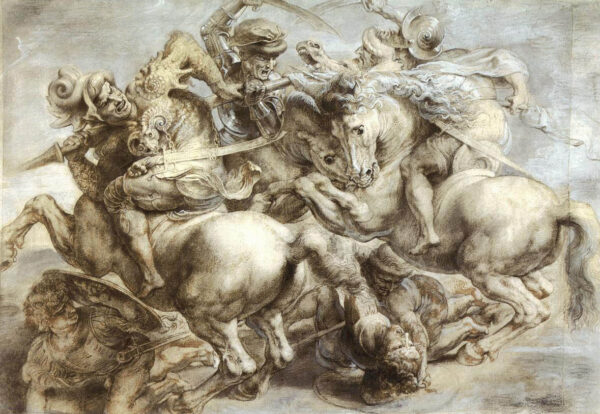Ancient World
In civilizations like Egypt, models often served as representations of idealized beauty or divine figures. They were depicted with stylized proportions and posed in rigid and symbolic postures denoting specific cultural or religious meanings. Overall, they were revered for their physical attributes and perceived as embodiments of aesthetic ideals. For example, they represented the deceased in poses of everyday life or in scenes of worship to the gods.
In Hellenistic art, proportionate bodies and serene faces prevailed. While pictorial illustration on ceramics became highly important in Greece, Rome was flooded with frescoes and mosaics where, at times, models could be slaves or individuals from lower classes as well as professionals who posed for recognized artists.
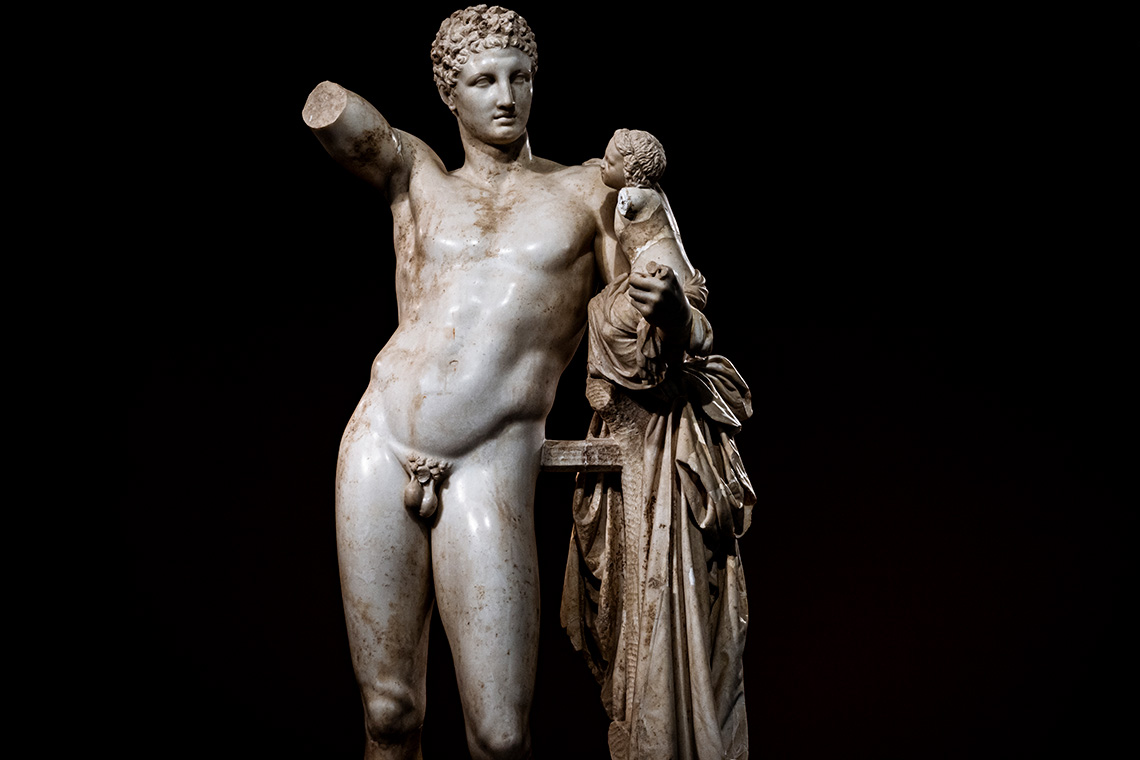
Fame and the Ideal of Beauty
During the Renaissance, celebrities such as Leonardo da Vinci and Michelangelo revolutionized the representation of the human form through the study of anatomy and the use of live models to achieve greater realism. They were no longer anonymous figures but individuals acclaimed for their contributions to the artistic process. Perhaps the most significant aspect of the 15th and 16th centuries was the close relationships between artists and models, some even becoming muses or romantic partners.
There is no more paradigmatic example than Leonardo da Vinci and the Mona Lisa. It is believed that the supposed portrayed, Lisa Gherardini, the wife of a Florentine merchant, developed relationships during the meticulous work. It would be strange not to have interacted if it were true that the Tuscan genius spent years working on the portrait of the Mona Lisa.
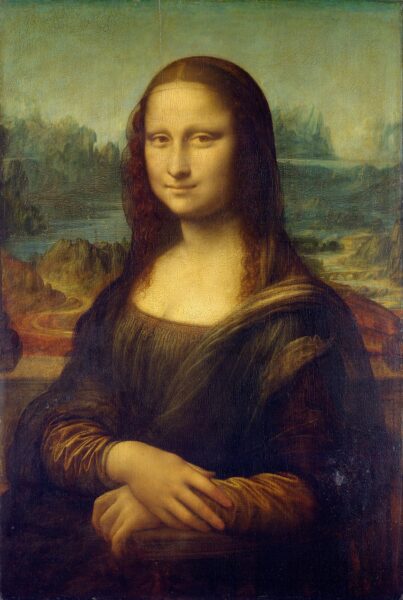
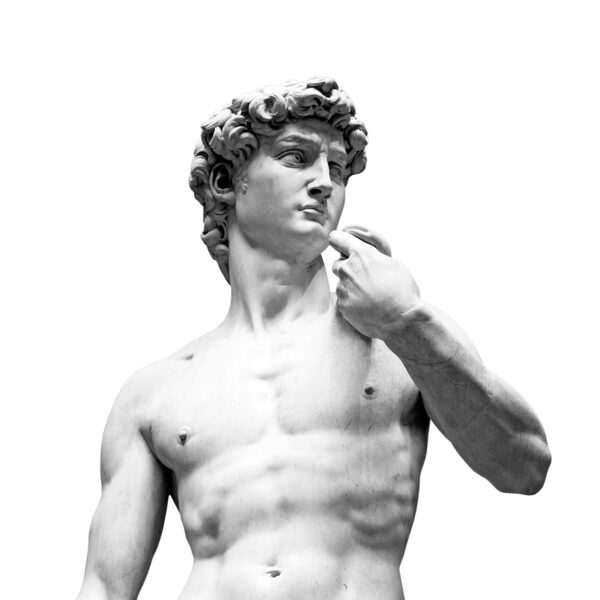
The pursuit of perfection consumed artists’ time to exhaustion. It’s no secret that the main ingredient of a masterpiece is work; that holds true for centuries to come. Michelangelo formed a deep and enduring friendship with Tomaso dei Cavalieri, the young Roman who posed for him several times, who would be the emblem of Florentine sculpture, the imposing David… by Michelangelo, of course.
It is said that Raphael was intensely in love with the Fornarina and, without that feeling towards her, his paintings would have been devoid of the emotion and romanticism they emanate.
Certainly, if we talk about devotion, passion, and sensitivity, Sandro Botticelli reached the peak. The student of Lippi and Verrocchio didn’t hold back when “hunting” for who was considered one of the most beautiful women of his time: Simonetta Vespucci. The Ligurian maiden who captured hearts in the Florence of the Medici patronage. She was Venus rising and Flora announcing spring. Botticelli and the golden age of the Tuscan Renaissance bequeathed to art history the concept of the muse with that Simonetta, exponent of the celebrated model… with the permission of the Mona Lisa.
Ismael Terriza Reguillos
Journalist and Communications Director of Target Painting Prize


